In this article
Cat ownership changed forever when kitty litter was invented in 1947. You didn’t have to let the family pet outside to do their business anymore which was a relief for many pet owners. Absorbent clay did the job, but it raised other issues, namely, odors coming from the box. Nevertheless, the industry continues to thrive, with experts forecasting it to reach $1.6 billion by 2025.
Ed Lowe’s company, Tidy Cat, was the first to introduce scoopable litter onto the market. That helped with odor control to some degree as soiled litter clumped together making it easy to remove without having to change the whole litter tray. However, many people have reached for an old staple that’s been around since 1846; baking soda. You may wonder if it’s safe to use. Considering you can use it as a toothpaste, hair conditioner, and antacid, we can assure you it’s safe and effective to use baking soda in your cat’s litter tray, in small amounts.

The Discovery of Baking Soda and Its Uses
While other chemists had discovered sodium bicarbonate earlier, John Dwight and Austin Church made it a commercial baking product. The company changed its name to the familiar Arm & Hammer in 1867. It didn’t take long for people to find other uses for the chemical compound, particularly for personal care. Baking was only the start.
It’s worth noting that the manufacturer also aligned itself with nature and its “Beautiful Birds of America” trading cards. This association reinforces its safety. The company capitalized on its other uses and ventured into different market segments, such as laundry detergent and a deodorizer for your fridge and freezer. It finally made it to the pet market in the 1980s with Arm & Hammer Cat Litter products.
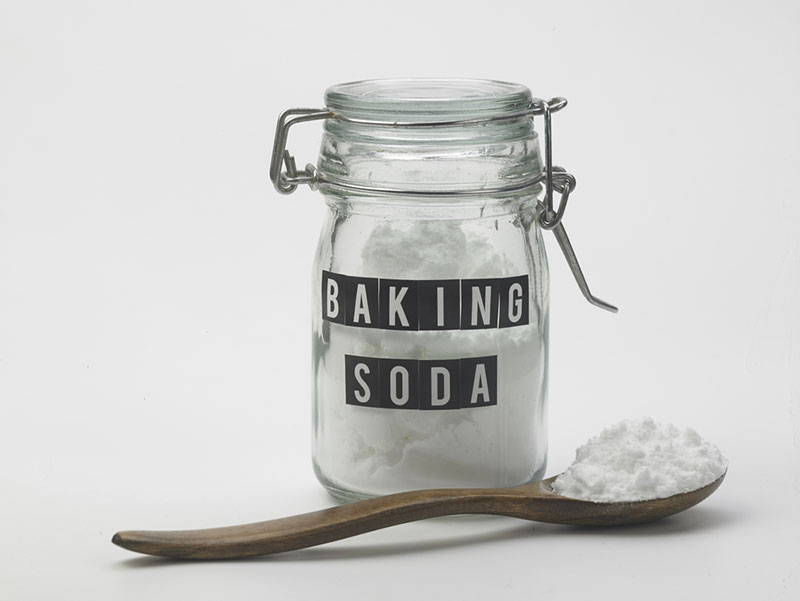
How Baking Soda Works
Baking soda or sodium bicarbonate has a pH of 9.0, making it an alkaline substance. The pH of normal, healthy cat urine is between 6.3–6.6. The idea for using baking soda in a litter box is the theory it will neutralize the foul-smelling and highly acidic urine odor. That’s the same principle with other uses, such as carpet deodorizers and putting a box of it in the fridge to remove odors.
If you're dealing with stubborn smells in your litter box or elsewhere in your house, a good cat litter deodorizer can work wonders.
- Bio Enzymatic Cat Litter Freshener - Smart formulation uses natural ingredients eliminating cat...
- Save Money - Stuff for cats isn’t the cheapest. With this litter box odor eliminator, you’ll...
- Every Litter, Every Surface - Are you afraid this additive won’t work on your litter? Fear not!...
We recommend Hepper's Advanced Bio-Enzyme Cat Litter Deodorizer, an all-natural litter additive that fights odors using bio-enzymes. This effective deodorizer is fragrance-free and works on all types of cat litter. It's also effective anywhere you have lingering odors, including diaper pails, garbage cans, and kennels!
At Catster, we’ve admired Hepper for many years and decided to take a controlling ownership interest so that we could benefit from the outstanding designs of this cool cat company!
How to Use Baking Soda in a Litter Box
Baking soda has many uses in the home and is an affordable alternative to many cleaning products. It is particularly effective when combined with white vinegar, and this combination can be used to clean your cat’s litter tray. Baking soda doesn’t have an odor, but it has a bad taste that your cat won’t like. All you need to do is mix a few tablespoons into the litter.
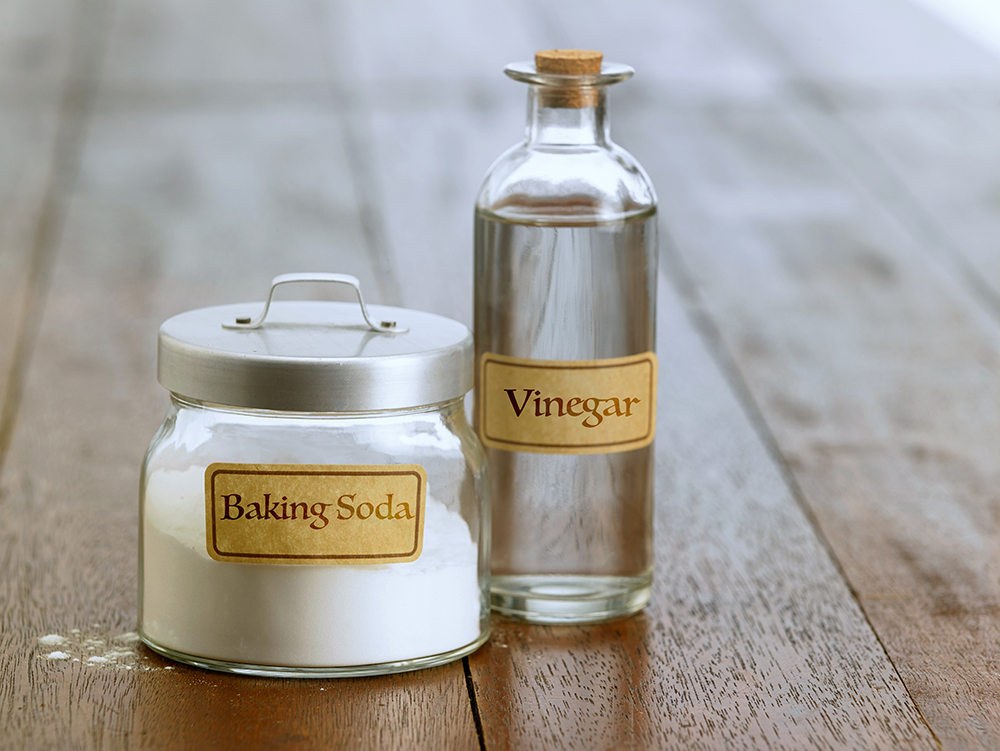
The Risks of Using Baking Soda
Baking soda is one of the most versatile substances you’ll find. You can use it for just about anything, from soothing an upset stomach to putting out fires. However, everything has risks. The negatives with it include dust, which can be irritating if inhaled. Ironically, one of the reasons pet owners use clumping litter is to minimize dust. Baking soda just adds to the problem.
It’s not likely any cat would ingest it, but baking soda can cause toxicity if eaten in large quantities. Toxicosis may be seen with ingestion of 10-20 g/kg of body weight. This equates to approximately 2-4 teaspoons per kg of body weight. With only a few teaspoons of baking soda in a litter box, this level of ingestion is very unlikely.
The final risk is the increased amount of ammonia gas produced when the pH is increased. Urea in urine is turned into ammonia gas by bacteria and the rate of ammonia production may be higher when the pH is increased by using baking soda. More research is needed in this area.

Final Thoughts
Baking soda is a safe additive to use in your cat’s litter for neutralizing acid and its odors. It doesn’t pose any significant risks if used this way. However, you should use only a few tablespoons at most. We also suggest storing the container out of reach of kittens and small children. The primary issues exist with accidental ingestion and not everyday use.
Featured Image Credit: Dragon Images, Shutterstock
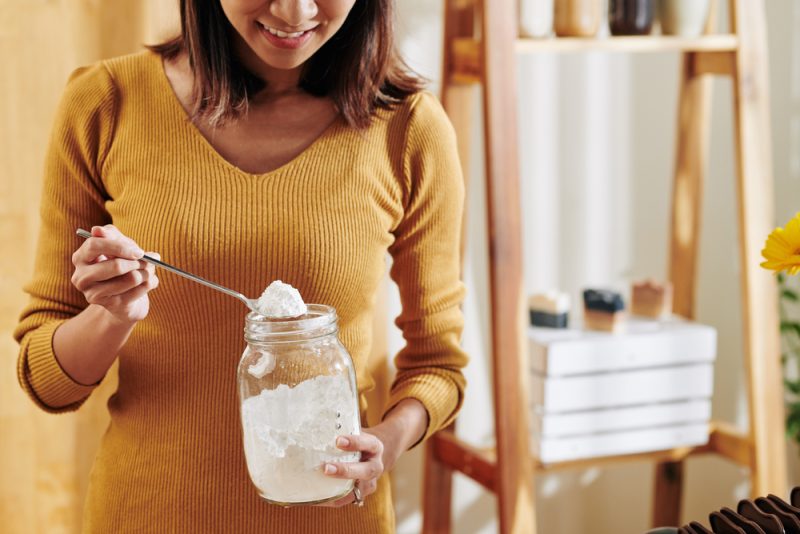


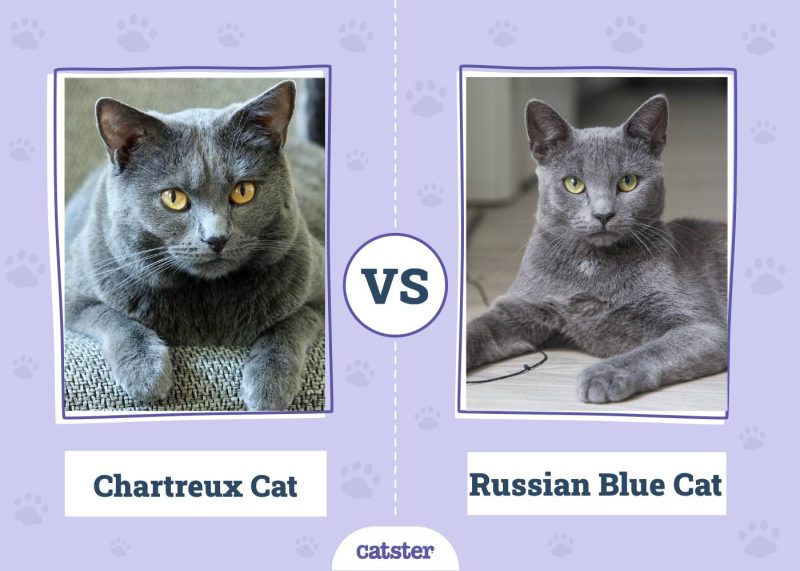



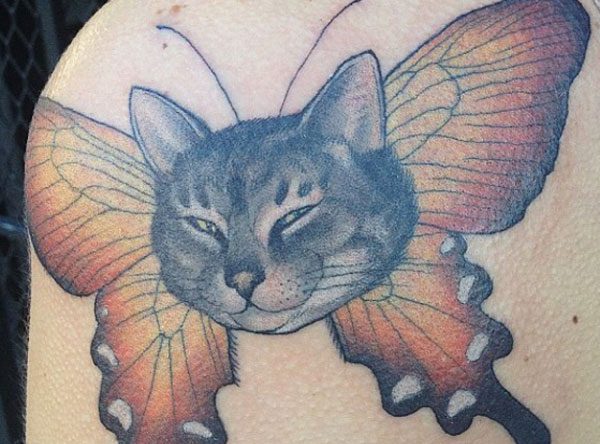
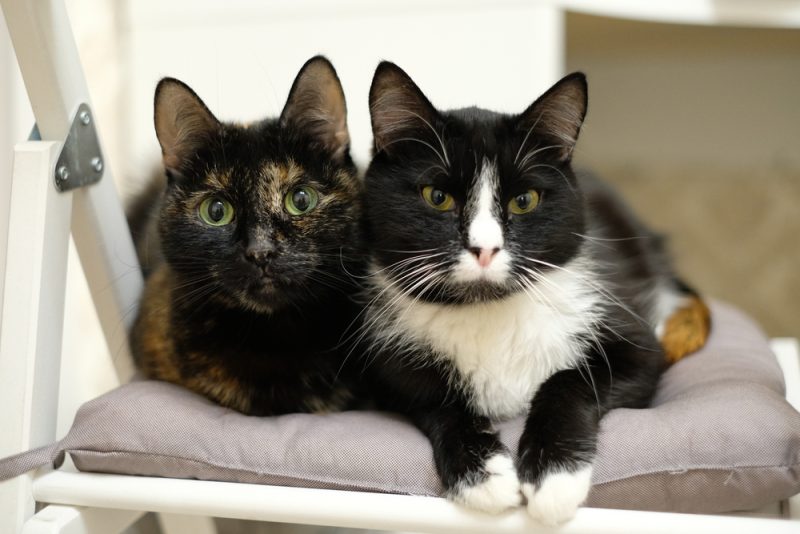
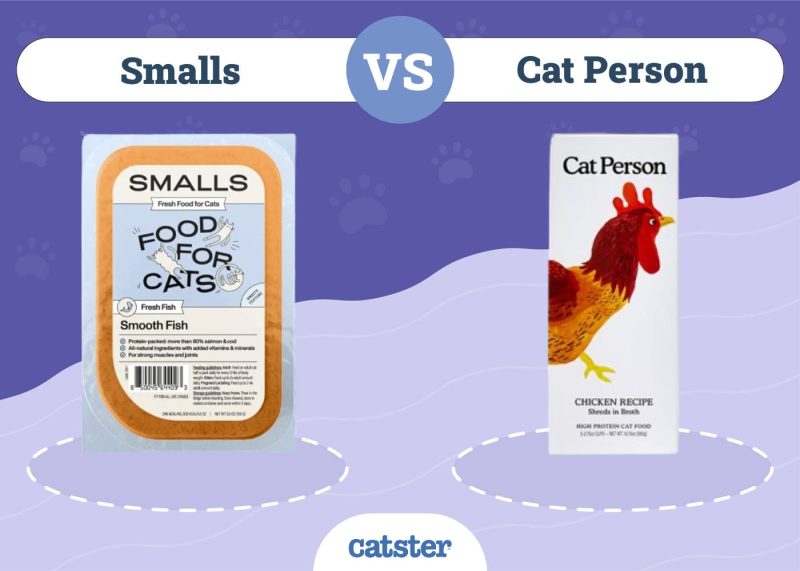
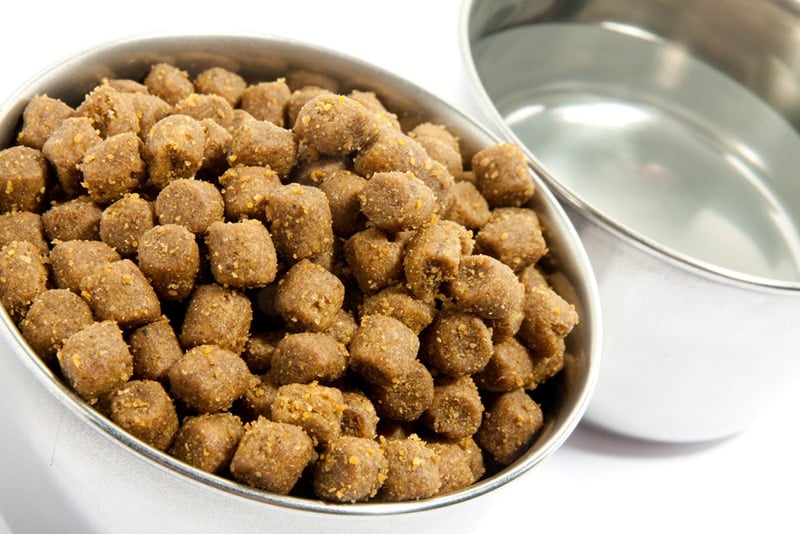


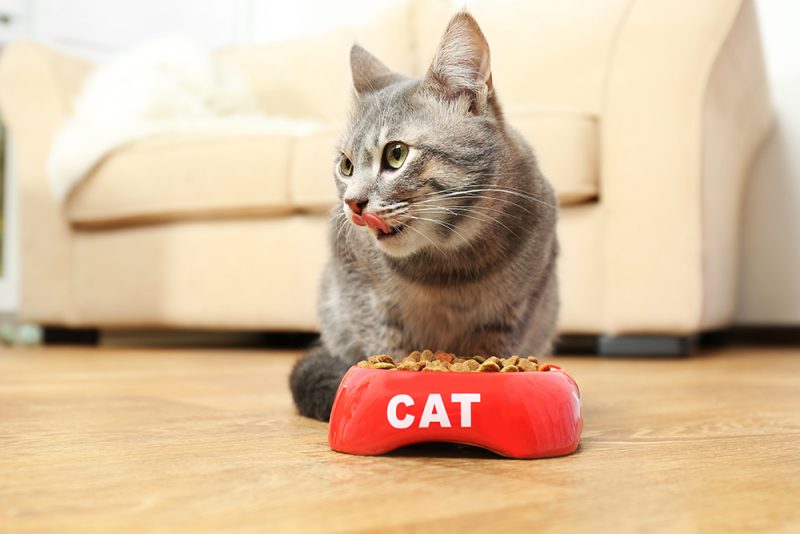

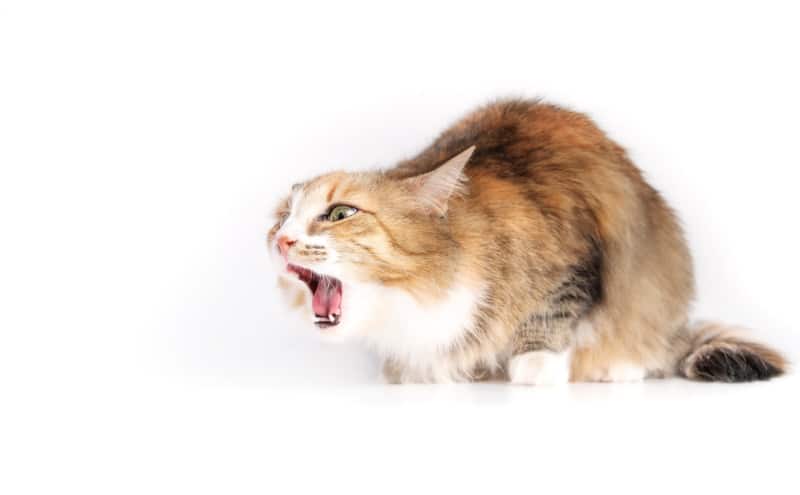


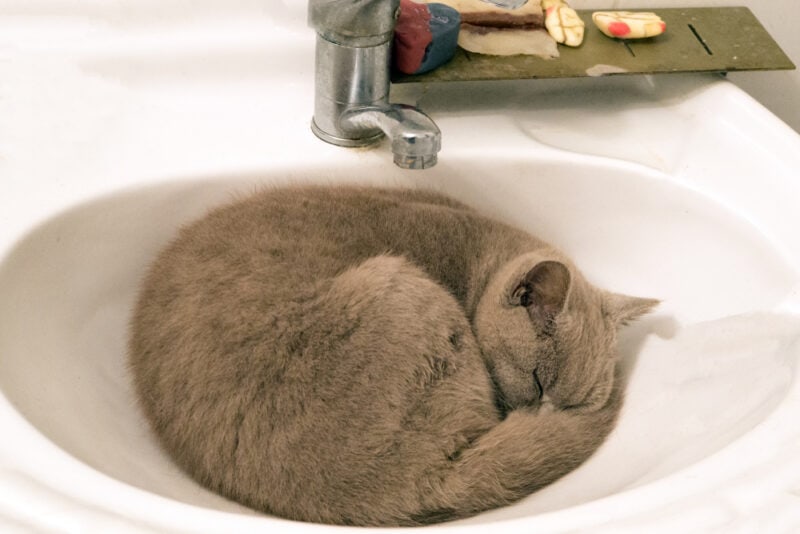

2 Responses
How often can this be done to the same litter?
Hi Dale, thanks for your comment, the recommendation is to do this sparingly, mix a few tablespoons into the litter but don't overdo it.